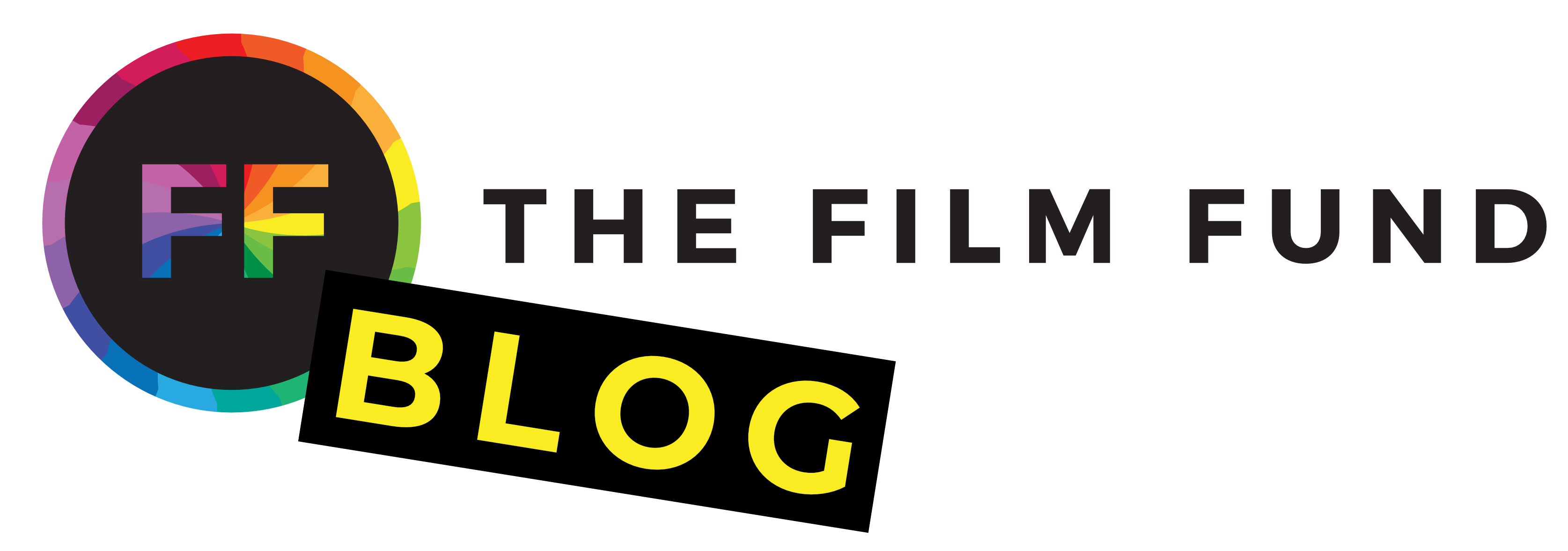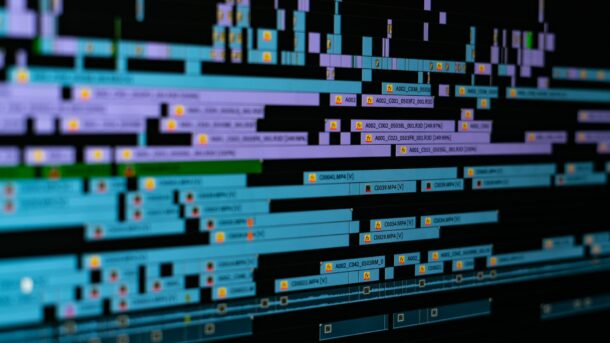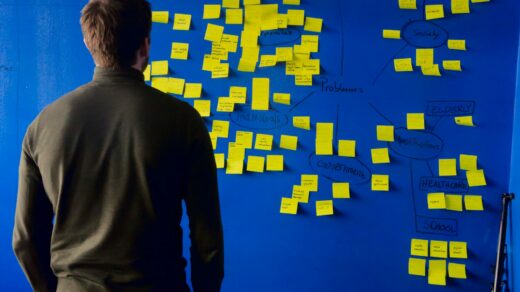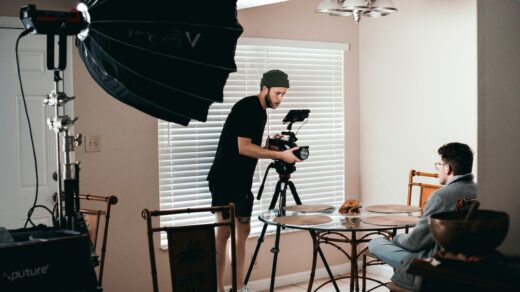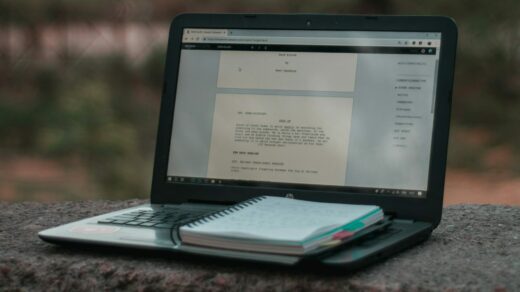Imagine watching your favorite movie without those heart-pounding action sequences, those tear-jerking emotional climaxes, or those perfectly timed comedic punchlines. Now, envision a film without its carefully stitched scenes, seamlessly transitioning from one moment to the next. Impossible, right? That’s where the enchanting work of film editors comes into play. These talented individuals possess the innate ability to transform raw footage into a symphony of visuals that tug at our heartstrings, keep us on the edge of our seats, and transport us to entirely new worlds.
At the heart of every great film lies a narrative that speaks to the audience, connecting us with characters, their journeys, and the emotions they experience. Film editors wield a magical wand in the form of their editing software, weaving together shots like pieces of a puzzle. They meticulously select the right moments, the perfect angles, and the most evocative expressions to craft a compelling story that resonates deeply with viewers. Through their careful choices, they amplify drama, intensify suspense, and paint an emotional landscape that draws us in, making us laugh, cry, and cheer as if we’re part of the tale.
As we embark on this expedition through the realms of film editing, we’ll journey through time to discover how this craft has evolved from the days of cutting and splicing physical reels to the digital wonderland of today. We’ll delve into the emotional artistry that goes into every edit, exploring how film editors masterfully manipulate pacing, rhythm, and shot selection to evoke feelings that linger long after the credits roll. And we’ll peel back the curtain on the dynamic collaboration between film editors and directors, a partnership that has given birth to some of the most memorable moments in cinematic history.
The Art of Film Editing: What It’s All About
Weaving the Tapestry of Emotion
Film editors are more than just technicians with an eye for detail; they are storytellers with an innate understanding of human emotion. They hold the brush that paints the canvas of our feelings. Every tear shed, every smile shared, and every heartbeat raced – all are orchestrated by the deft hands of film editors. Through their skillful choices of shot sequencing, they amplify the emotional impact of a scene, ensuring that each frame resonates with the audience on a profound level.
Pacing: The Heartbeat of the Story
Ever wondered why some films have you at the edge of your seat, while others let you sink into contemplation? The secret lies in pacing, and film editors are its conductors. By manipulating the rhythm of cuts, they control the ebb and flow of tension and release. They know precisely when to linger on a lingering glance, when to quicken the pulse with rapid cuts, and when to draw out a moment for maximum impact. It’s through pacing that film editors create the heartbeat of a story, making us feel every beat as if it were our own.
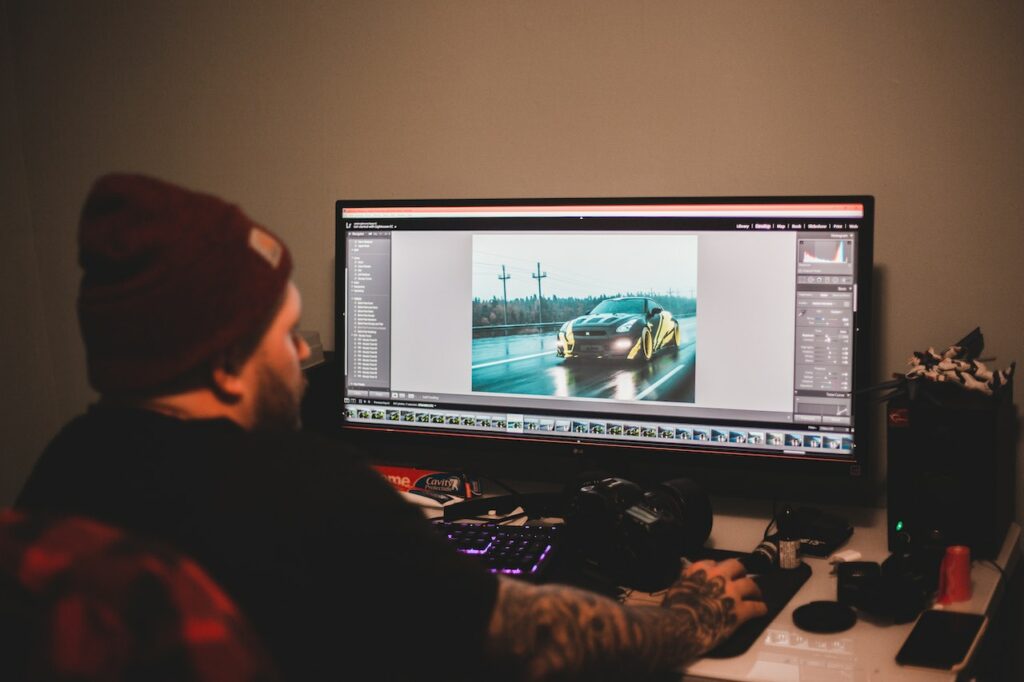
The Mosaic of Visual Continuity
Have you ever watched a scene where a character’s cup is half-full in one shot and magically brimming in the next? You might have spotted a continuity error, a small glitch that disrupts the seamless flow of a film. Film editors are the guardians of continuity, meticulously ensuring that each frame aligns with the one before and after. They stitch together disparate shots with such finesse that the transitions are virtually imperceptible, allowing us to lose ourselves in the narrative without distraction.
A Symphony of Perspectives
Think of film editing as a dance between different perspectives. Editors work with a treasure trove of shots captured from various angles and distances, each offering a unique viewpoint. It’s their artistry that transforms this mosaic of shots into a coherent, engaging story. By selecting the right angles, they emphasize characters’ emotions, highlight important details, and guide our focus. Through their lens choices, they invite us to see the world of the film through the eyes of its characters.
A Glimpse into History: Early Days of Film Editing
From Scissors to Reels: The Birth of Film Editing
In the dawn of cinema, film editing wasn’t as streamlined as it is today. Early editors had their work cut out for them – quite literally. Film reels were composed of physical strips of celluloid, and editing involved physically splicing and joining these strips. This laborious process required meticulous attention to detail and a keen eye for seamless transitions. These pioneering editors laid the groundwork for the art form we recognize today.
The Silent Revolution: Editing in the Era of Silent Films
The advent of silent films marked a crucial turning point for film editors. With dialogue absent, visual storytelling took center stage. Editors became the architects of emotion, using shot composition, pacing, and juxtaposition to convey complex narratives without words. The concept of continuity editing emerged, allowing for smoother storytelling and enabling audiences to become immersed in the unfolding drama.
A Dance of Reels: Parallel Editing and Montages
As films evolved, so did the editing techniques. Editors began experimenting with parallel editing, a technique that intercuts between two or more scenes happening simultaneously. This dynamic method injected energy and suspense into films, heightening the audience’s engagement. Montages also became a powerful tool, condensing time and information into a sequence of shots. These innovations laid the groundwork for future editing styles and contributed to the dynamism of cinema.
The Transition to Talkies: Editing Meets Sound
With the introduction of synchronized sound, the landscape of film editing shifted once again. Editors now had to synchronize dialogue and sound effects with visuals, requiring even more precision. The integration of sound led to changes in pacing and rhythm, as dialogue exchanges and musical cues became integral parts of the editing process. Film editors demonstrated their adaptability, showcasing their ability to navigate new challenges while preserving the essence of storytelling.
The Birth of Film Stars: Editing’s Impact on Stardom

Interestingly, film editors also played a role in shaping the perception of early film stars. Editors had the power to highlight a star’s best angles, expressions, and moments, contributing to the creation of their on-screen personas. One example of this is “Rocky.” The editing skillfully crafted the character of Rocky and maximized Stallone’s performance. Director John G. Avildsen and editors Richard Halsey and Scott Conrad worked diligently to create a sympathetic and relatable portrayal of the character, emphasizing Stallone’s raw emotion and vulnerability. The editing ensured that Rocky’s journey was about not just boxing but personal growth, determination, and resilience, which allowed the film to win an Oscar for best editing.
Editing Evolution: Transformative Changes Over the Years
The Digital Dawn: Nonlinear Editing Takes the Stage
The arrival of digital technology reshaped the landscape of film editing in ways that were once unimaginable. Traditional linear editing, with its physical splicing and reel-to-reel methods, gave way to nonlinear editing systems. Editors now had digital tools at their fingertips, allowing them to manipulate footage with unprecedented ease. The transition from cutting and pasting actual film to dragging and dropping digital clips revolutionized efficiency and creative possibilities.
A Playground of Creativity: Special Effects and Digital Magic
With the rise of digital editing, the realm of visual effects and post-production magic expanded exponentially. Film editors found themselves collaborating with visual effects artists to seamlessly integrate computer-generated imagery (CGI) into live-action footage. This collaboration led to breathtaking sequences that transported audiences to otherworldly realms and brought fantastical creatures to life. Film editors became conductors of a symphony of pixels and imagination.
The Art of “Invisible Editing”
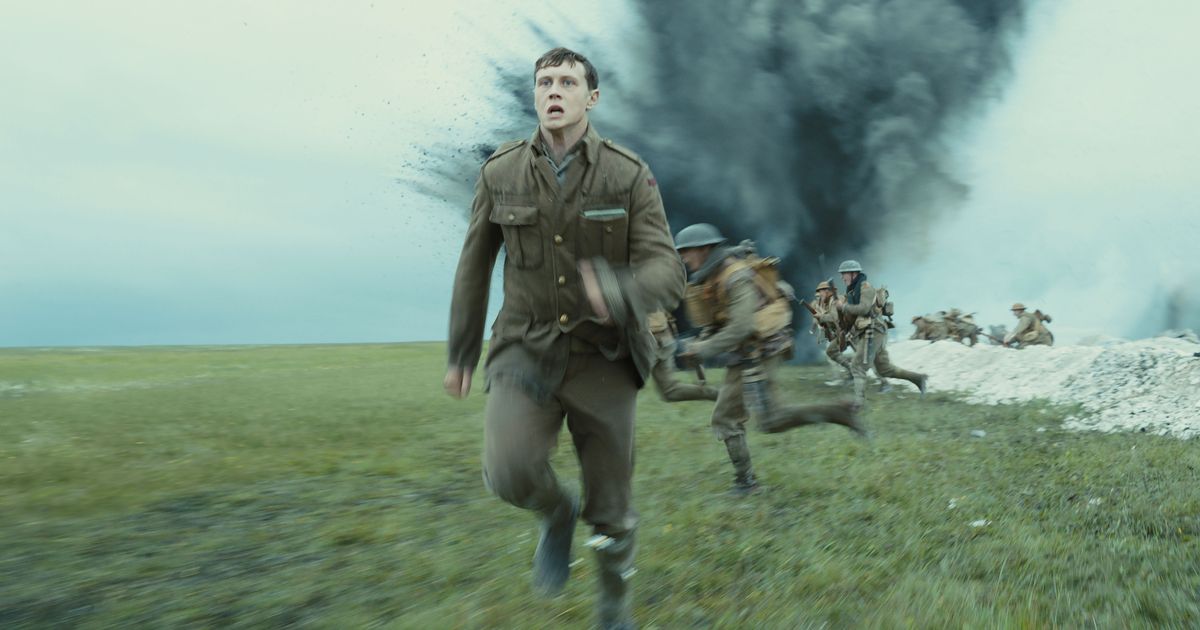
One of the most remarkable evolutions in film editing is the rise of “invisible editing.” This technique, as the name suggests, focuses on creating seamless transitions that go unnoticed by the viewer. The goal is to maintain a fluid narrative flow, where cuts are imperceptible, and the audience becomes fully immersed in the story. Invisible editing demonstrates the prowess of film editors in crafting an experience that feels natural, allowing emotions and plotlines to take center stage. A famous, recent example would be the film “1917”, which was edited to look like one, long, continuous shot from start to finish.
Precision and Collaboration: Editors in the Digital Age
Digital editing systems brought not only creative freedom but also precision to the forefront. Editors could fine-tune every frame, every movement, and every nuance, ensuring that the final product met their artistic vision. Additionally, the collaborative process between editors, directors, and other post-production professionals became more streamlined. Real-time collaboration and easy sharing of project files revolutionized the way teams worked together, enhancing efficiency and communication.
Accessibility and Empowerment: Editing in the Modern Era
The digital age democratized film editing. As technology became more accessible, aspiring editors could experiment with their craft without the need for expensive equipment. This shift led to a diversification of voices and perspectives in the world of film editing. New talents emerged, bringing fresh ideas and approaches to the table, enriching the cinematic landscape with a wide array of styles.
Collaborative Magic: Editors and Their Director Partners
A Symphony of Ideas: Directors and Their Creative Vision
Every cinematic masterpiece begins with a director’s vision – a concept, a theme, a world waiting to be brought to life. Film editors step into this vision, embracing the role of interpreters and collaborators. They work closely with directors to understand their intent, capturing the essence of the story and characters. Through this collaboration, editors become conduits of creative energy, channeling the director’s vision into the editing suite.
From Vision to Reality: Editors as Story Sculptors
Directors provide the clay, and film editors are the skilled sculptors who shape it into a narrative masterpiece. Armed with an understanding of the director’s vision, editors begin the intricate process of selecting shots, sequencing scenes, and crafting the emotional beats that resonate with the audience. It’s a dance of creativity and technique, where editors enhance the director’s ideas while infusing their unique artistic touch.
The Dance of Decision: Balancing Creative Input
Collaboration doesn’t always mean agreement, and this dynamic holds true for editors and directors as well. While directors hold the helm of creative control, editors often offer insights and perspectives that contribute to the final product. Balancing the director’s artistic intent with the editor’s creative input is a delicate dance, one that often leads to unexpected and enriching outcomes. The magic happens when the director’s vision and the editor’s expertise harmoniously coalesce.
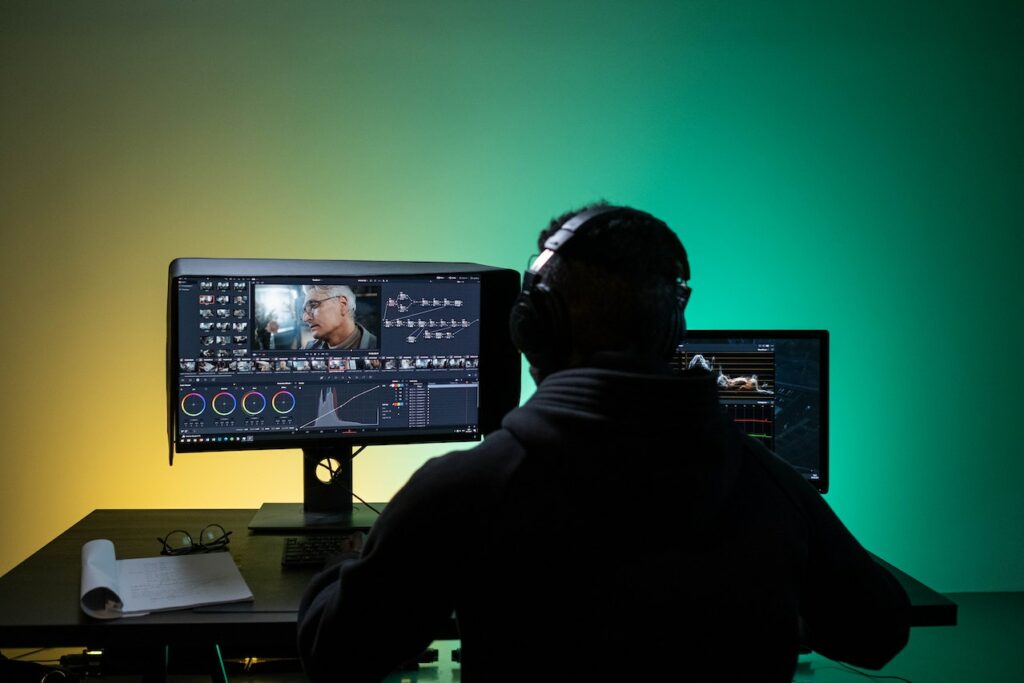
Refining the Rough Diamonds: The Editing Process
The editing process is a journey of discovery, where film editors refine the raw material into a polished gem. Directors entrust editors to enhance pacing, evoke emotions, and emphasize storytelling elements. This process involves multiple iterations and feedback loops, as directors and editors collaborate to align every frame with the cinematic vision. It’s a true partnership that requires open communication, mutual respect, and a shared commitment to excellence.
The Wow Factor: Editors Elevating Directorial Choices
Film editors possess a unique ability to elevate a director’s vision through thoughtful editing choices. They can take a good scene and make it unforgettable, enhancing moments with pacing tweaks, shot selections, and nuanced transitions. Editors often surprise directors with choices that enhance emotional impact or add layers of meaning. This dynamic interaction elevates the final product, turning good films into great ones.
Modern Marvels: Technology’s Impact on Editing
The Digital Canvas: Editing in the 21st Century
Gone are the days of splicing and physically cutting film reels. The digital age has ushered in a new era of film editing, where editors navigate a virtual canvas of clips, timelines, and effects. Nonlinear editing software empowers editors to effortlessly arrange, manipulate, and experiment with footage, fostering a playground of creativity that’s limited only by imagination.
Seamless Magic: Special Effects and Visual Wizardry
Technology’s impact on editing extends beyond convenience – it’s a gateway to visual sorcery. Film editors collaborate with visual effects artists to seamlessly integrate CGI, breathtaking environments, and fantastical creatures into live-action footage. Green screens become portals to distant galaxies, and characters interact with digital wonders. This integration creates a seamless blend of reality and fantasy that’s become a hallmark of modern cinema.
Color Correction and Grading: Painting with Pixels
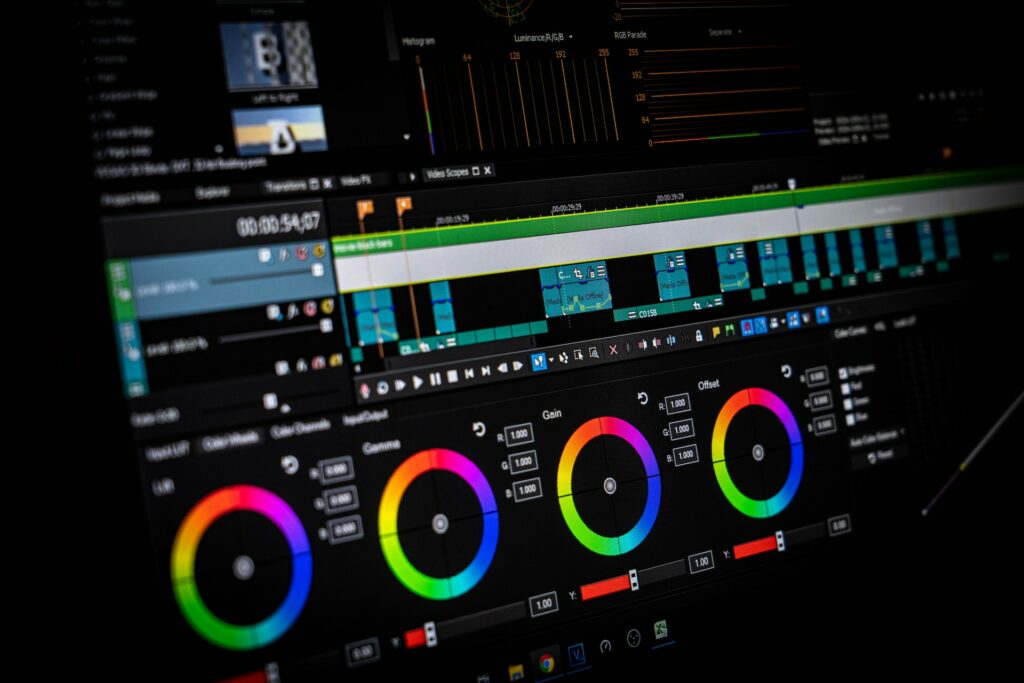
Color isn’t just a visual aspect; it’s a language that speaks to emotions. Enter the realm of color correction and grading, where film editors have the power to paint scenes with specific tones, moods, and atmospheres. From the warm hues of nostalgia to the chilling blues of suspense, editors use color to enhance storytelling, guiding our emotional experience with every shade they choose.
The Virtual Editing Suite: Collaborative Possibilities
Technology has shattered geographical boundaries, enabling editors and directors to collaborate across distances without missing a beat. Cloud-based editing systems allow for real-time sharing of project files, making it possible for teams to work together seamlessly, whether they’re in the same room or on opposite sides of the world. This virtual editing suite has transformed collaboration into a global endeavor.
Automation and Efficiency: Accelerating the Creative Process
While the heart of film editing remains a creative endeavor, technology has introduced automation and efficiency to the process. Features like AI-powered scene recognition and automated syncing of audio and video streamline routine tasks, allowing editors to focus more on the artistic aspects of their work. This symbiosis of technology and creativity accelerates the editing process while preserving the human touch.
The Changing Landscape: Editing in Different Film Genres
The Pulse of Action: Editing in Action Films
Action films are a rollercoaster of excitement, where adrenaline-soaked sequences demand rapid pacing and seamless choreography. Film editors in this genre are the architects of excitement, using quick cuts and dynamic transitions to keep audiences engaged. The goal is to immerse viewers in the heart-pounding action, making them feel every punch, explosion, and chase as if they were in the thick of it. “The Matrix” was able to use its editing to heighten the action scenes to heights never before seen in filmmaking history.
Emotion Unveiled: Drama’s Delicate Dance

In the world of drama, emotions reign supreme. Film editors here craft narratives that unravel like a delicate tapestry of feelings. The pacing becomes more deliberate, allowing characters’ emotions to take center stage. Subtle transitions and lingering shots capture nuances in expressions and gestures, enabling the audience to connect deeply with characters’ struggles, triumphs, and personal journeys. “The Social Network” is a prime example of a movie with understated editing that, while not eye-catching, serves the purpose of the story and enhances the drama.
Tickling the Funny Bone: Editing in Comedy
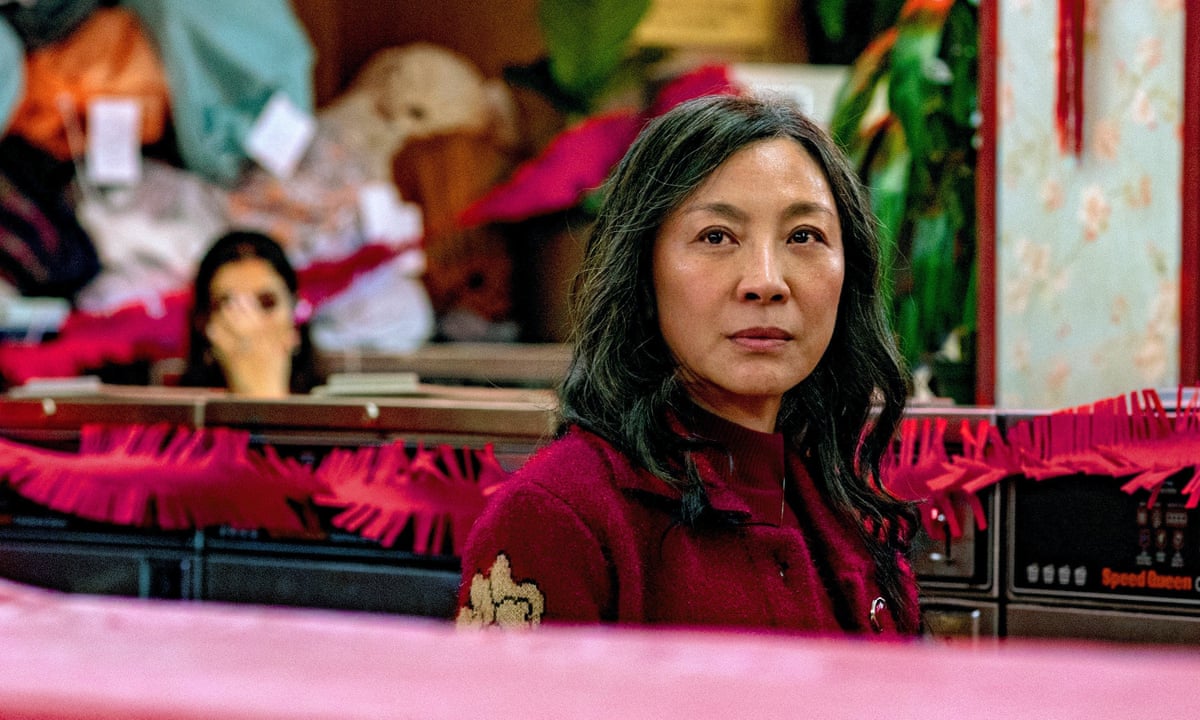
Comedy is all about timing, and film editors are the comedic conductors who orchestrate the laughter. Editors in this genre play with pacing to enhance punchlines and create comedic beats. A well-timed cut or unexpected transition can amplify the humor of a situation, turning a mere smile into a hearty laugh. The rhythm becomes the punchline, and the editor’s timing, the joke. A recent example of a wonderfully edited comedy is “Everything Everywhere All at Once”, which is the first comedy to win an Oscar for Best Editing since “Who Framed Roger Rabbit?”
Suspense and Surprise: Thrills of Editing in Suspense
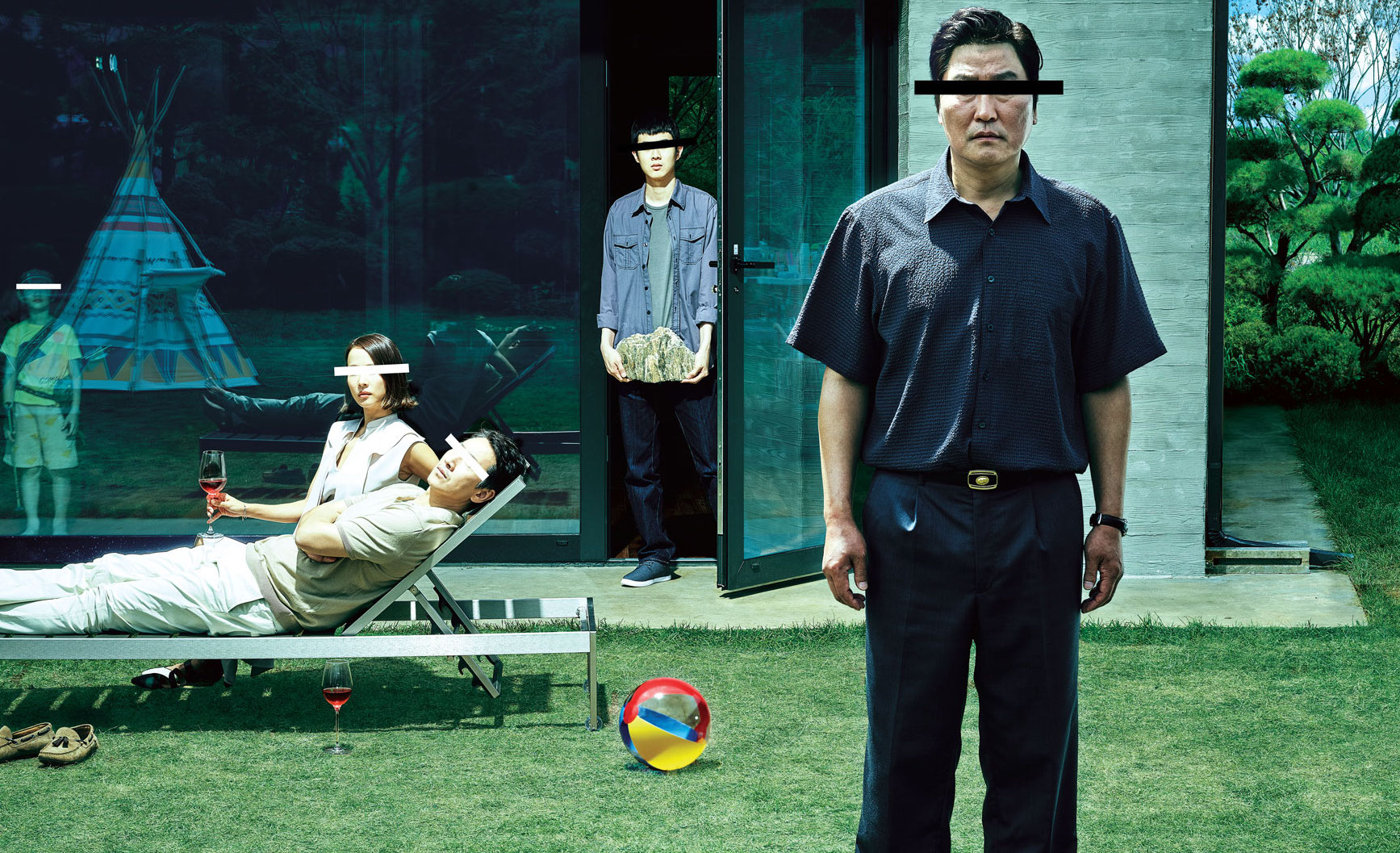
Suspense films thrive on the art of anticipation and revelation. Film editors here are the architects of tension, skillfully pacing scenes to create a sense of unease and anticipation. The manipulation of rhythm and the timing of reveals become vital tools to keep audiences on the edge of their seats. By deftly controlling what the audience knows and when they know it, editors build an intricate web of mystery and suspense. “Parasite”, the famed South Korean thriller film, was renowned for its masterful editing that allowed it to be a highly successful and suspenseful story.
In Conclusion
Film editors are the invisible hands that reach out from behind the scenes to touch our hearts and minds. Their artistry lies not just in the mechanics of editing but in their ability to evoke emotions, shape narratives, and transport us into the very souls of characters. They craft experiences that linger, creating stories that stay with us long after the credits roll.
From the days of physically splicing celluloid to the digital landscapes of today, film editing has evolved into a dynamic dance between creativity and technology. Film editors adapt to changing tools and techniques while preserving the core essence of their craft: the power to weave magic from raw footage.
One last thing! If you’re a filmmaker who is hoping to bring their idea to life but just need that extra bit of help to get started, check out our short film funding contest! Simply submit a single sentence explaining the premise of your short film and why you need the funding. It’s as easy as that. Head on over to our sign-up page to learn more.
